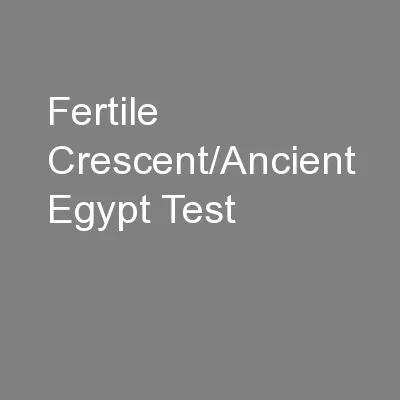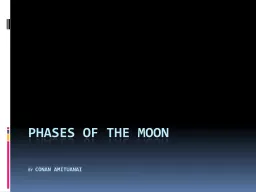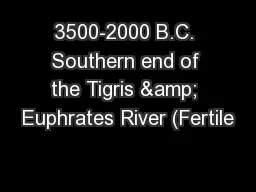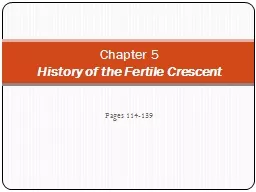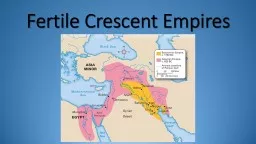PPT-Fertile Crescent Unit Test Study Guide
Author : bella | Published Date : 2022-06-14
Tigris and Euphrates Rivers Provided Fish for Food Used for Trading Used for Travel Provided Water to Drink Provided Fertile S oil for Farming How did the
Presentation Embed Code
Download Presentation
Download Presentation The PPT/PDF document "Fertile Crescent Unit Test Study Guide" is the property of its rightful owner. Permission is granted to download and print the materials on this website for personal, non-commercial use only, and to display it on your personal computer provided you do not modify the materials and that you retain all copyright notices contained in the materials. By downloading content from our website, you accept the terms of this agreement.
Fertile Crescent Unit Test Study Guide: Transcript
Download Rules Of Document
"Fertile Crescent Unit Test Study Guide"The content belongs to its owner. You may download and print it for personal use, without modification, and keep all copyright notices. By downloading, you agree to these terms.
Related Documents




